Write your own annual cycling training plan with these five simple steps
Got big dreams for 2023? Turn them into reality with a plan you can trust
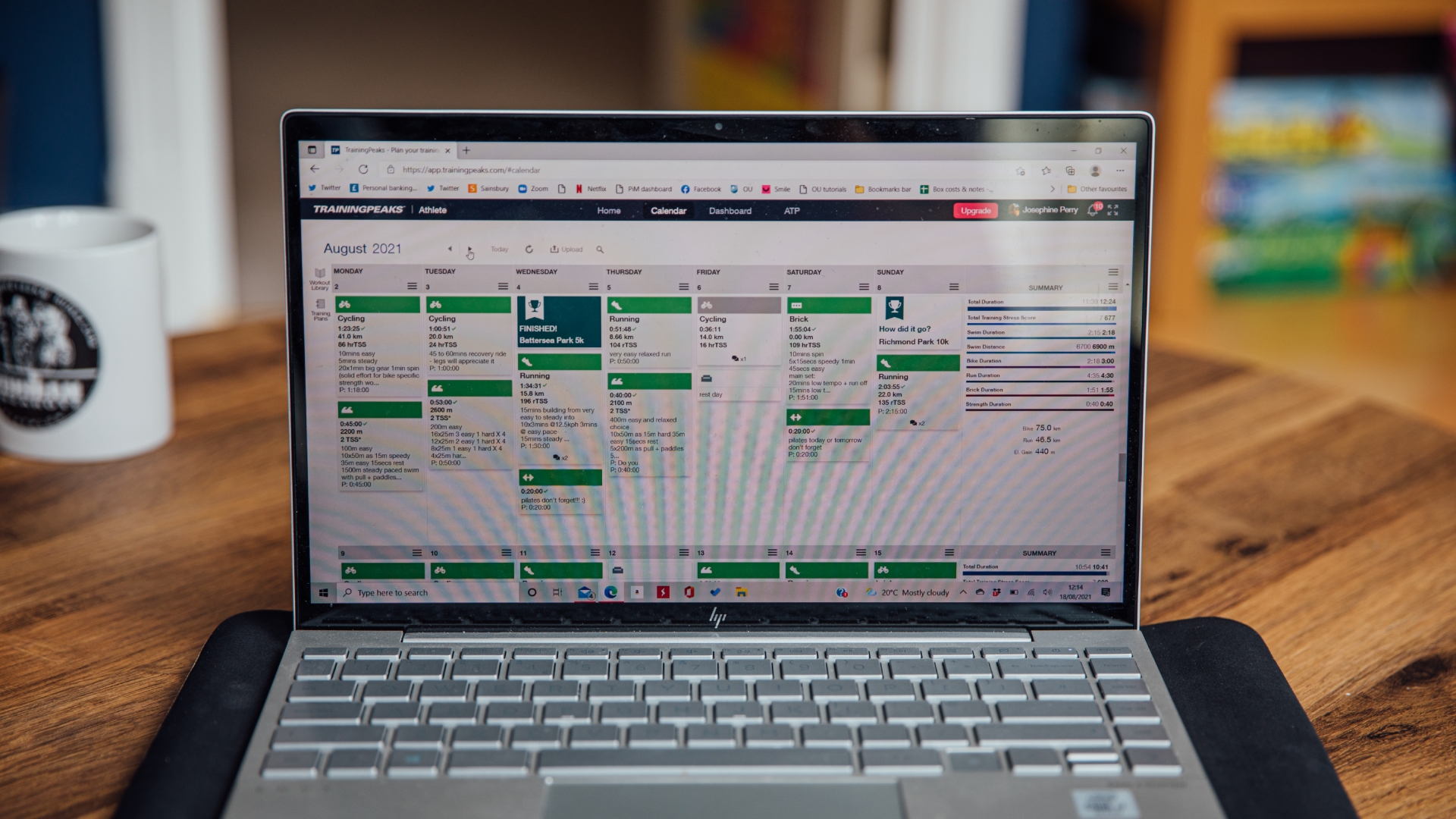

January is the month of new resolutions. However, without a plan most new ambitions won’t go much further than the Facebook meme stage.
‘A goal is a dream with a plan’, or so such memes might proclaim (the original quote comes from motivational speaker, Greg Reid, we believe).
There’s truth in that - provided your dream is riding the Marmotte, winning a race or completing 25 miles in under an hour as opposed to waking up naked in a sea of cheese with only a bewinged sea otter for company.
Writing your own sessions and plotting them into your calendar can seem daunting, which is why many people seek the help of a coach - or choose to follow an online cycling training plan.
A professional will detail your year with expertise, and offer several other advantages. But it’s not the only way. The most renowned self-coached athlete is former world champion Lizzie Deignan, and she does pretty well for herself.
So how do you go about creating your own plan? We spoke to Dig Deep Coaching director and former pro, Stephen Gallagher to create a step-by-step guide.
1. Understand your time availability

Be honest about the time you have
The conventional approach is to start with your goal, but Gallagher says there’s one step before that.
Get The Leadout Newsletter
The latest race content, interviews, features, reviews and expert buying guides, direct to your inbox!
“Even before you pick your goals, you need to organise your schedule. Work out how much time you have available to train, when you are available to train, what the possibilities of that session will be – will it be inside, outside, etcetera.
“Get your calendar sorted – add in social plans, work schedules, holidays – including riding trips where you may be able to get extra miles in.
“Be completely honest. Unless you know what time you've got, you can't fill in the boxes, or be realistic about your cycling goals."
2. Pick an 'A' goal, plus 'B' and 'C' goals
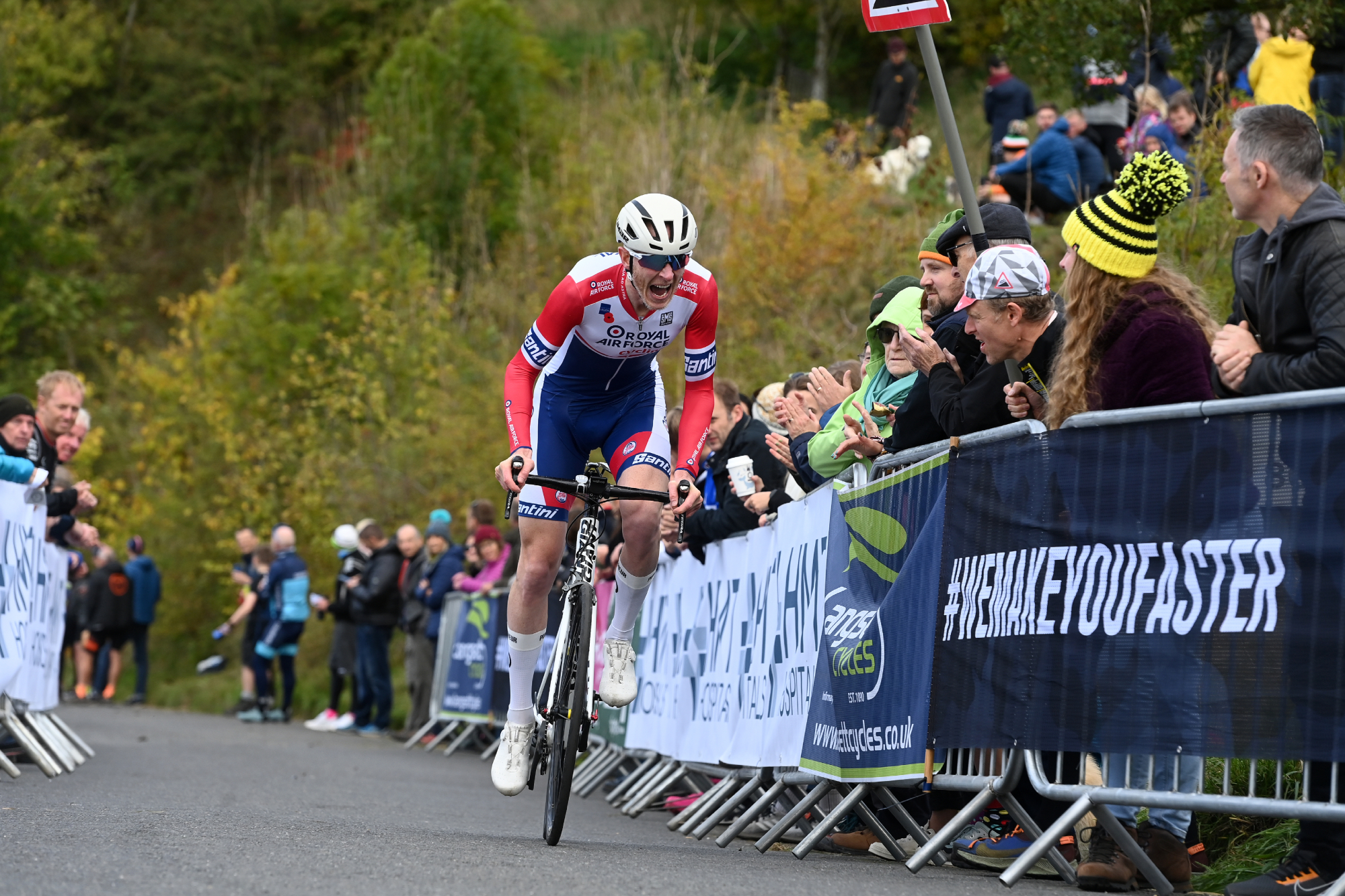
Now that you’ve got an idea what your training capacity is, you can think about selecting those big dreams, before turning them into realistic goals.
Gallagher suggests that if you’re setting yourself a time based goal, you can be pretty data driven about it if you want.
“With a sportive, or a time trial goal, you can use examples of others. On Strava, you can see the rides of thousands of people who have taken part in an event. If an athlete has a premium account you look at their power to weight on key climbs and equate it back to yourself, to see what is an achievable goal.” Of course, take what you find with a pinch of salt, not many people update their Strava profile if they gain weight.
From here, you can look to choose a secondary ‘B’ goal. Ideally, this will be a few months before the 'A' goal and similar in terrain, discipline and distance so you can use it to look at cycling nutrition and preperation as well as fitness.
A few 'C' goals aren’t a bad idea, to keep you motivated along the way. “A time trial, a hill climb," Gallagher suggests, "something to keep your mind engaged or to see if your threshold power has improved."
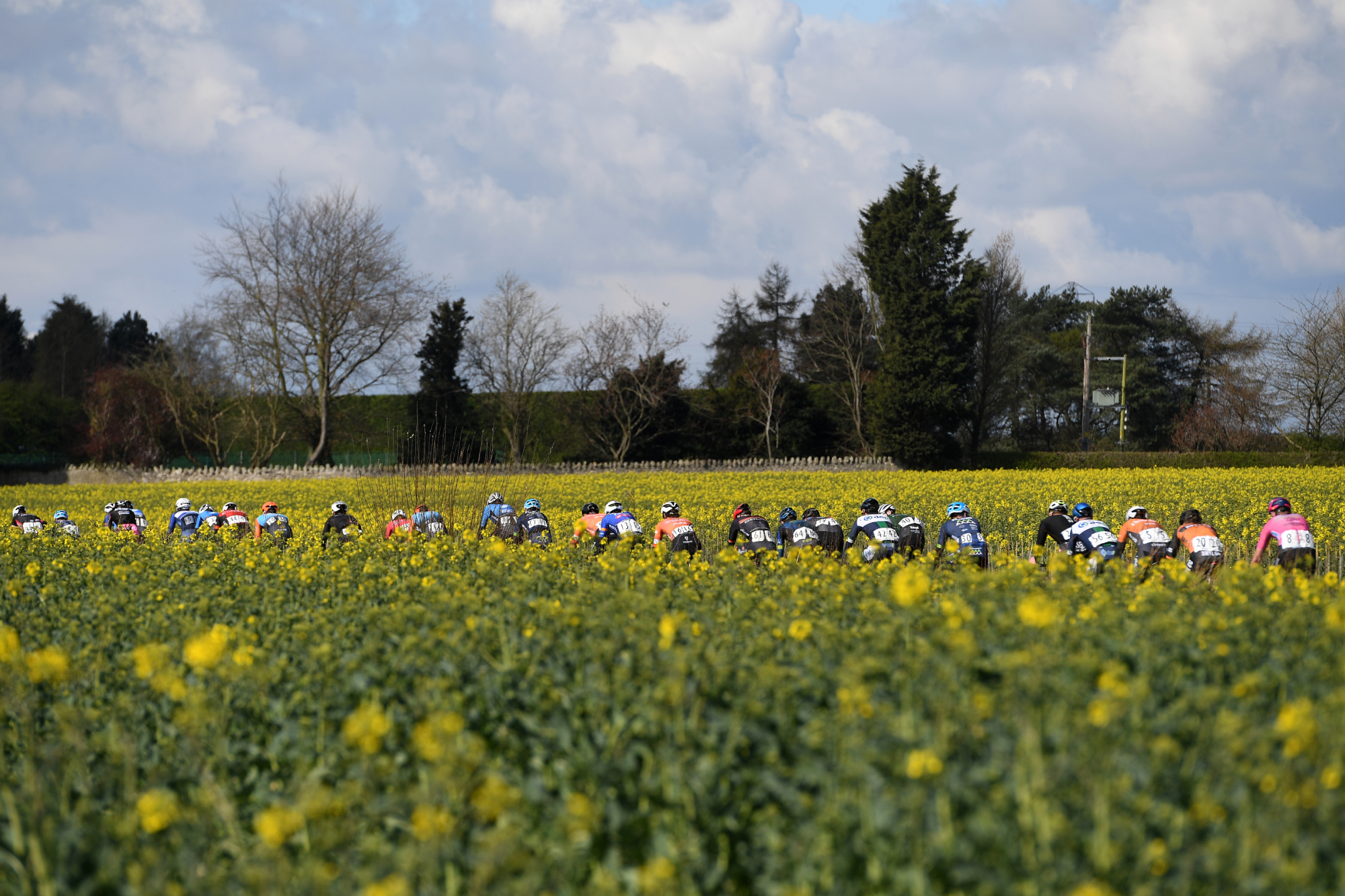
For the likes of road racers, it’s a bit trickier. It's often said you should never set 'winning a race' as a goal, since it's not controllable (though most of the pre-Grand Tour interviews would suggest otherwise).
“You can only make yourself fit enough to be able to win. Then on the day, it’s up to your decisions – and luck as well. As long as you hit the start line with the potential to be at the front, and the potential to be up there and go for the win, that’s all you can do.”
Of course, you can adjust your plan to make yourself competitive at the style of race you want to perform well in.
“If it’s a flat race, you want to improve your sprint, your leg speed. If it’s hilly with two-minute climbs, you want to improve climbing and five minute power. You want to come to a race knowing your fit enough to win, whether you win or not isn’t always in your hands.”
3. Plan in blocks
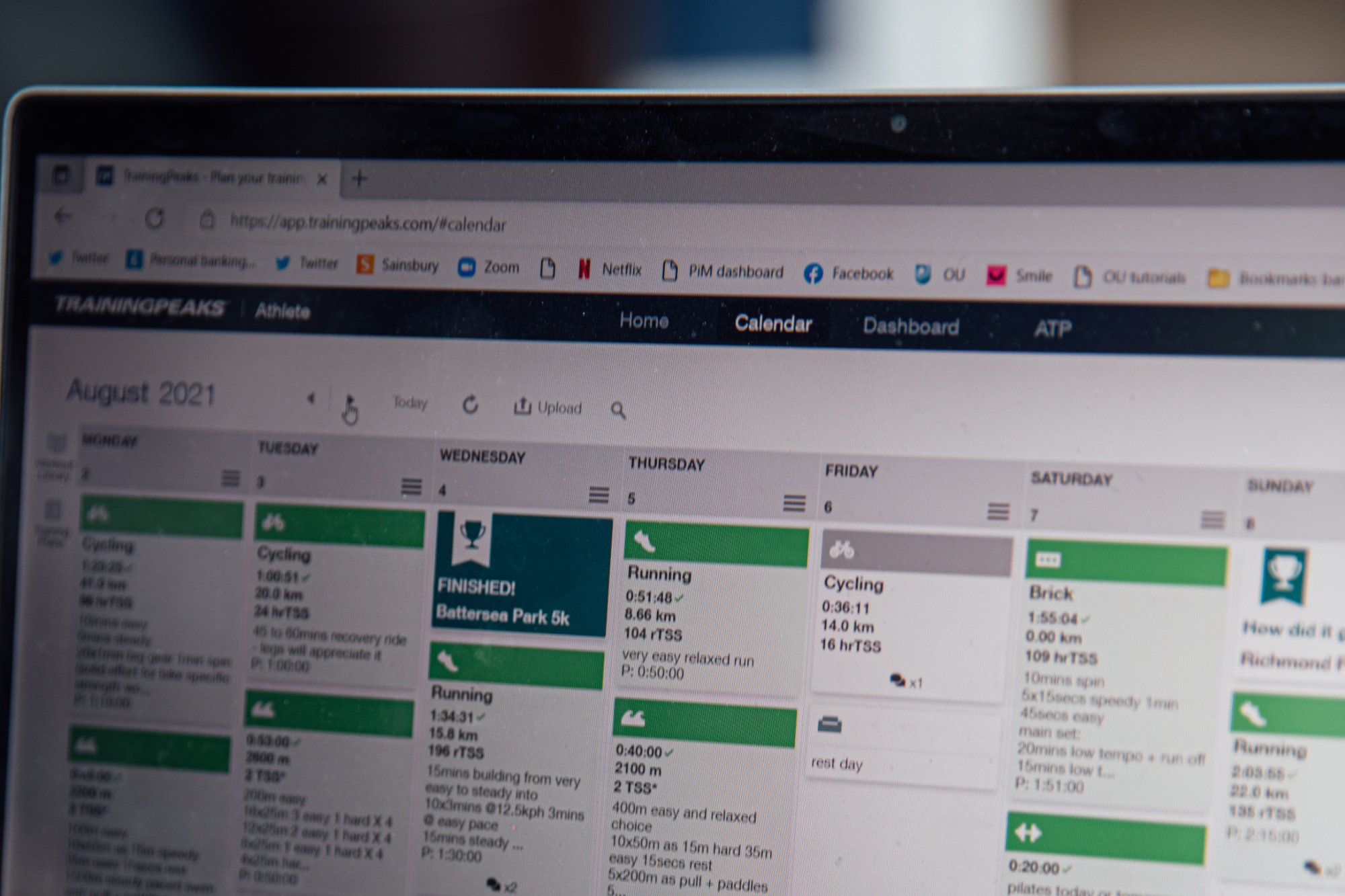
One of the hardest elements of planning your own training is periodisation – a system of ensuring that the year builds up to the major goals, in time to peak for the main event.
Traditionally for road cyclists, this means a rest period in late autumn, ‘base miles’ in winter, FTP work early in the year followed by ‘sharpening in spring’ before a summer of maintenance.
Gallagher isn’t so keen: “I would say that method is quite ‘safe’. But that traditional block is starting to go out the window, I rarely use it.
“Most people don’t really have enough time to get the sort of volume that would generate enough strain to create a progression. You’d need to be doing at least 10 to 14 hours a week. Otherwise, you need to be doing high intensity training to make yourself stronger.”
Instead, he suggests that you take an honest look at yourself, pick out your weaknesses, and focus on them in six week blocks.
“Periodisation can only happen from meeting objectives at each period. You should be looking to make changes every six weeks, in that time you’ll have done enough to see a good ramp in fitness or training.
“Evaluate after each six week block, but be truthful with yourself. Only when you’ve hit the targets that you set yourself, can you move on to the next block. Don’t be afraid to repeat a block.”
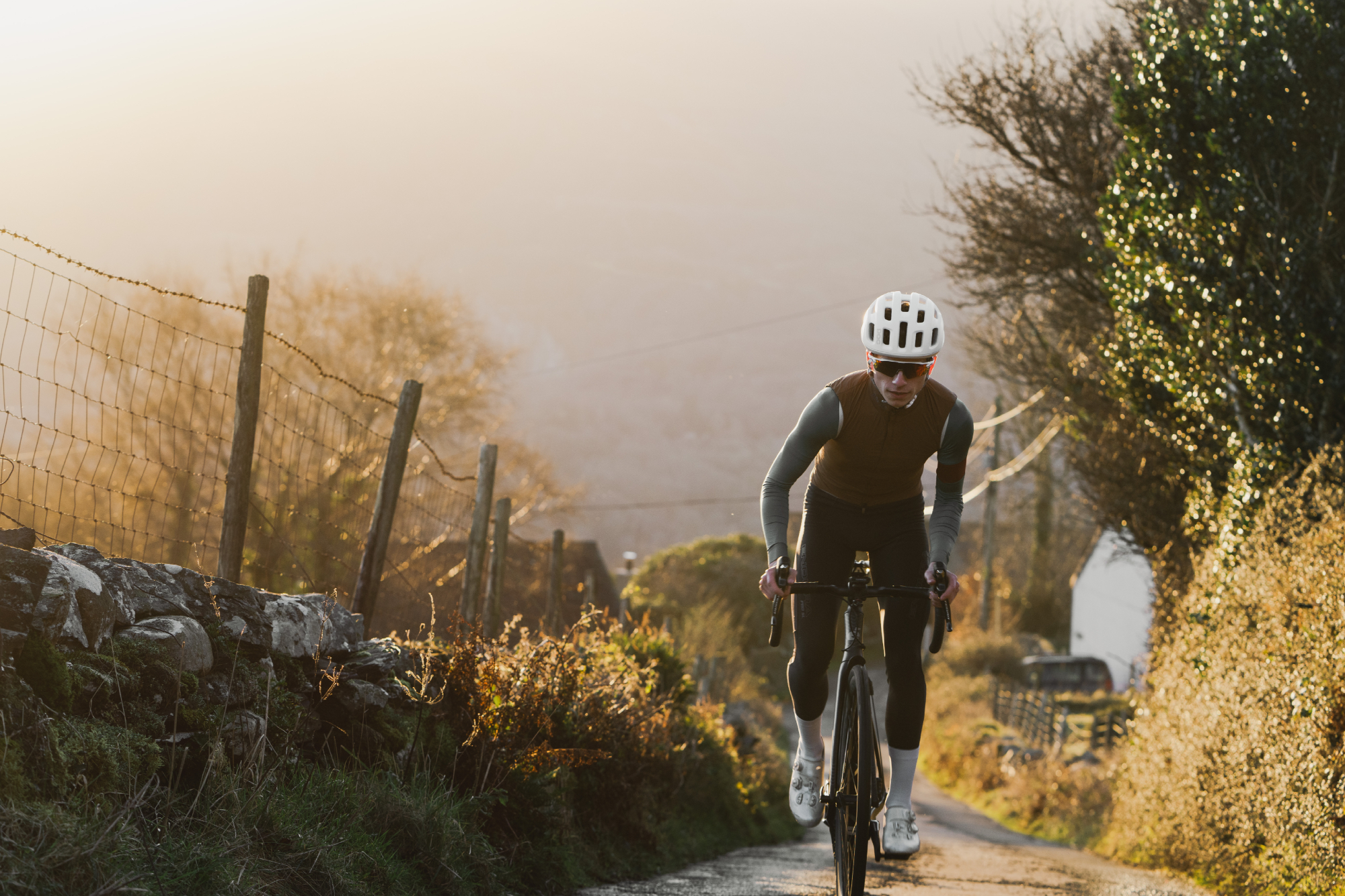
Make the blocks relevant.
Your blocks don't have to be based on power, heart rate or speed - they may be around technique or strength training off the bike.
"You might want to improve your ability to climb steep gradients," Gallagher suggests as an example. "That isn’t necessarily all about a high peak power, it’s about creating power seated.
“So maybe you need to work on neuromuscular strength, and off-the-bike core work. Just be clear what you need to improve on, per block."
“In each block, prioritise the training sessions that deal with your weaknesses. Then you might have ‘B’ training sessions that are a bit more generic - volume, or cycling cadence drills. Then ‘C’ training sessions that are low priority - maybe skills sessions that aren’t totally relevant to your goal event. If you don’t fit them in, don’t worry about it.”
4. Personalise your plan and plot it out clearly
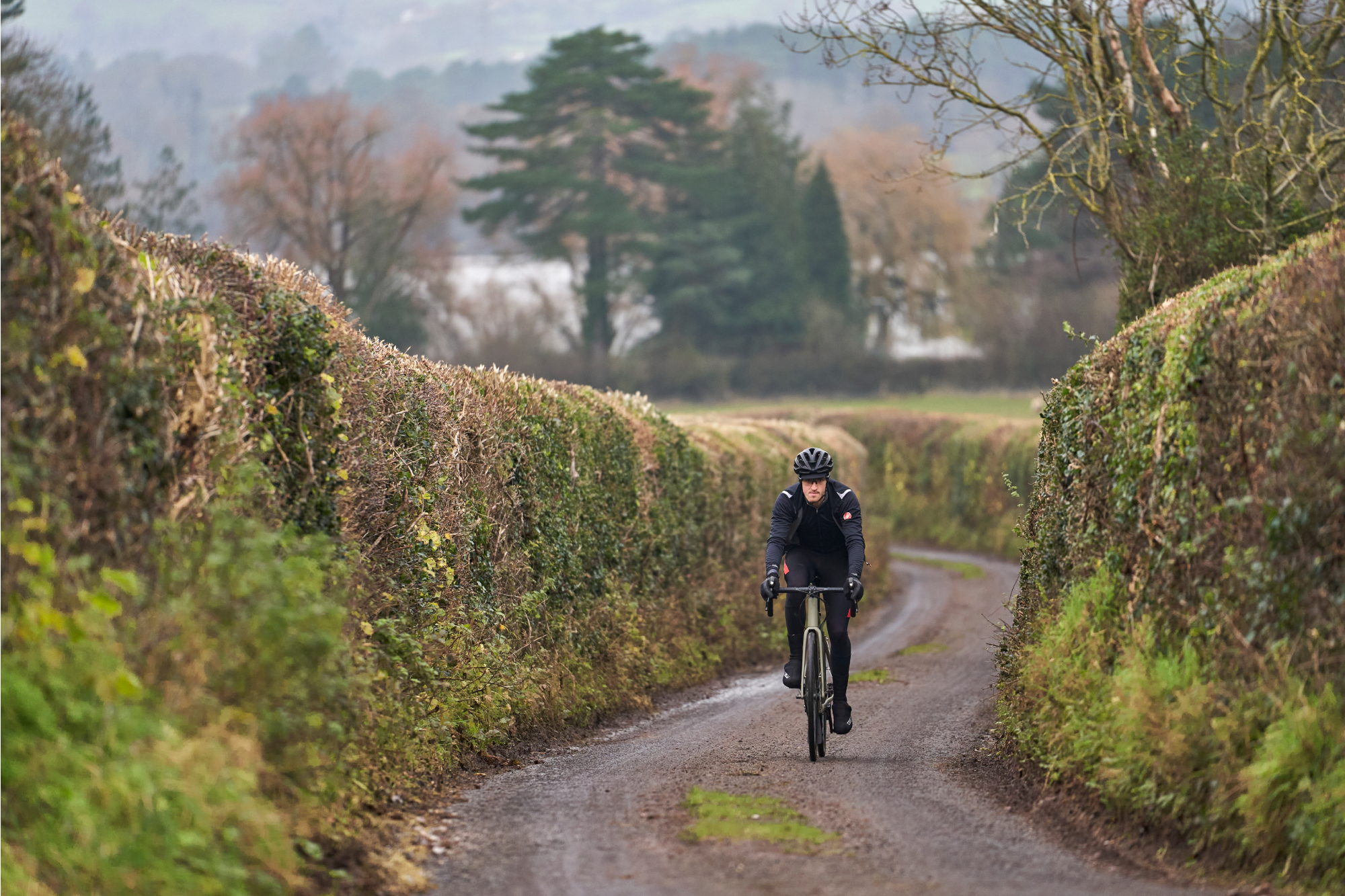
Planning your training means you can be as flexible as you like, though a good coach will adjust days dependant on your lifestyle too.
Personal factors such as age will come in to play, “older people would usually need to add in more recovery. It depends on the goal, but high intensity training has been proven to have much bigger benefits for older people than low intensity. And they may want to do more strength work, off the bike, as bone density decreases in later life," Gallagher says.
“Someone in their 20s, perhaps new to cycling, might need to do more volume to build up their base fitness – which someone in their 50s who has been riding a bike for decades won’t need as much.”
Creating sessions shouldn't be too hard - there's plenty of cycling workouts on the best indoor training apps for cycling. Cycling Weekly's resident cycling coach picked out the best Zwift workouts and training plans here, for example, to help you achieve your cycling goals.
You can plot them on a calendar or paper diary, but if you're using power or heart rate a training software programme like Training Peaks will crunch the numbers and track metrics like peak power/heart rate outputs as well as fatigue, fitness and form. - find out more about how to use training software to hit peak form over here.
Rest is important, too. Most people need at least one rest day a week, though two might enable you to come back fresher.
A traditional approach would be to build volume or intensity for three weeks, then back off on volume by around 50 per cent but maintain some intensity for one. The recovery week might end with some testing, whilst your legs are fresh. Again, bear in mind that you may want to make the blocks between recovery weeks longer or shorter to suit you.
5. Seek outside help
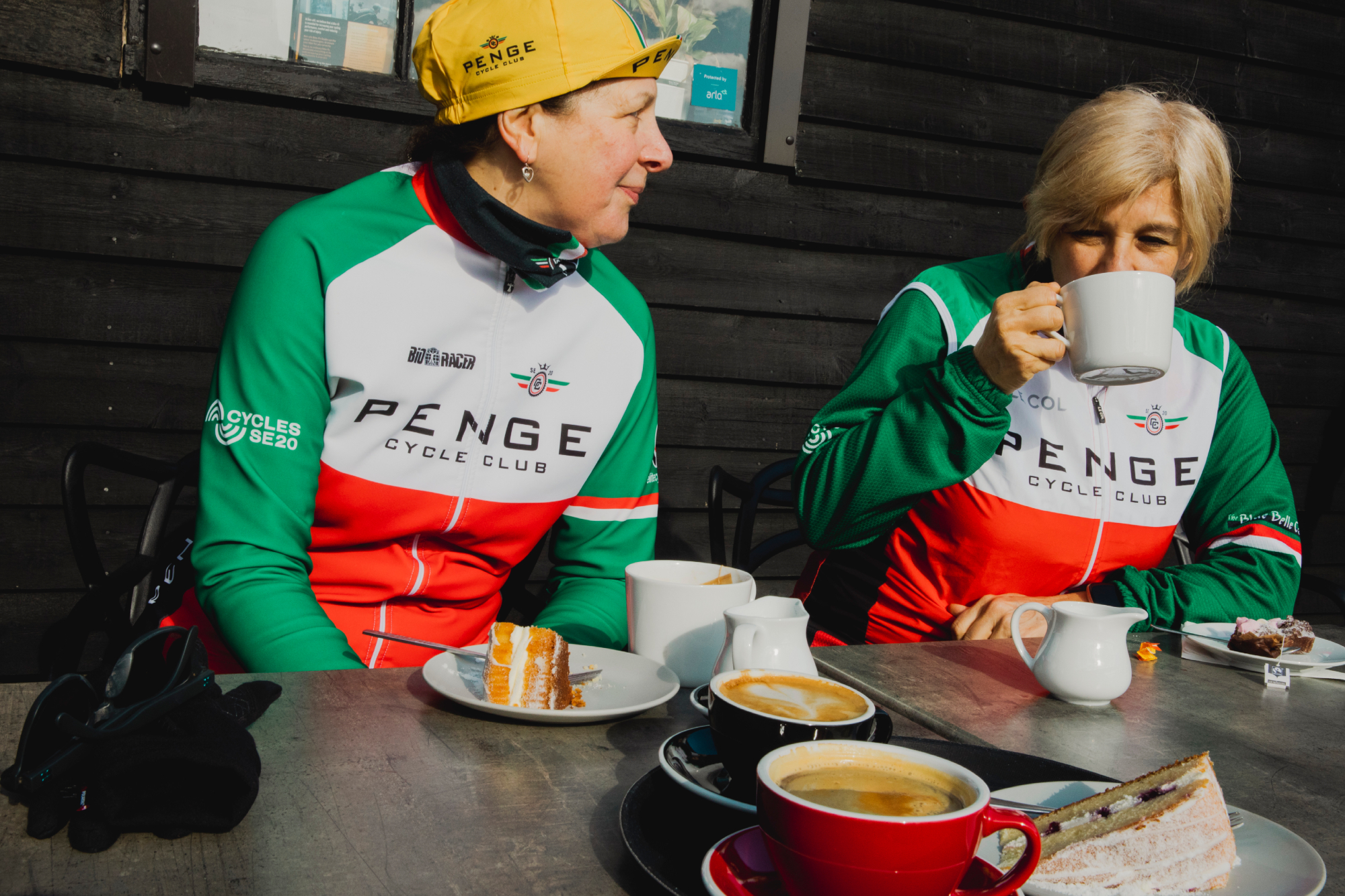
They key piece of the puzzle that you’ll miss without a coach is an outside point of view.
“It’s really difficult to be critical and objective and takes a lot of discipline. I’d recommend that at least every six weeks, you speak to someone with experience and bounce ideas of him or her,” Gallagher says.
“If there’s one thing you should get a second opinion about – a friend, someone in your club – it’s illness.
“Training whilst ill, or with the suspicion of illness, can really have a bad effect on you. Not just in cycling, but it can damage general health.
“In most cases, if you think you’re getting ill, don’t train – if you’re coaching yourself, you need to take a step back and be honest with yourself. Better to focus on nutrition, hydration and sleep than going out training and wrecking yourself.
“Unless you’re healthy, you can’t be fit," he warns.
Getting a coach
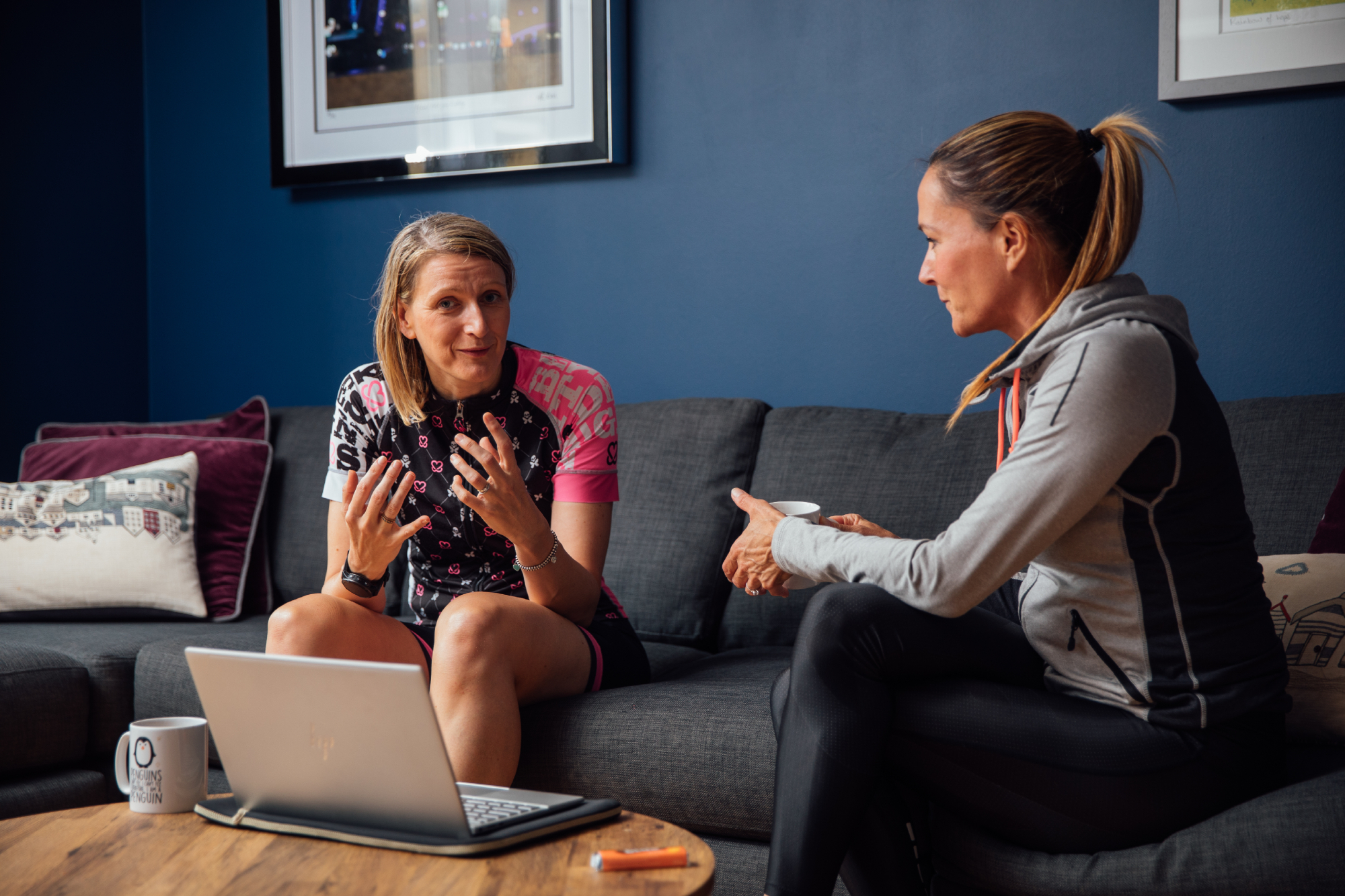
Coaches aren't just for the elite.
So, if we can do it ourselves, why seek out a coach?
“In most cases, if you think you’re getting ill, don’t train – if you’re coaching yourself, you need to take a step back and be honest with yourself. Better to focus on nutrition, hydration and sleep than going out training and wrecking yourself.
“The new fangled session that’s going to boost your race tolerance by 4 percent or 6 percent or whatever - that's all great but it's having somebody who is objectively looking at your information which really helps. For me, that’s more important than the actual content of the coaching. A coach can also help you prioritise your lifestyle," Gallagher says.
Secondly, there's accountability in knowing that someone aside from yourself will know if you've completed your sessions. A lot of us know what we should do, but doing it is another struggle.
Finally, he adds one more element: confidence.
“It can give you more confidence in what you’re doing and in what you’ve done. Knowing when you get to the bottom of a climb that you’ve spent six weeks working on neuromuscular power and six weeks working on glute strength is massive.”
If you’re confident in your knowledge and discipline, plan away. If not, a coach could be your answer.

Thank you for reading 20 articles this month* Join now for unlimited access
Enjoy your first month for just £1 / $1 / €1
*Read 5 free articles per month without a subscription

Join now for unlimited access
Try first month for just £1 / $1 / €1
Michelle Arthurs-Brennan the Editor of Cycling Weekly website. An NCTJ qualified traditional journalist by trade, Michelle began her career working for local newspapers. She's worked within the cycling industry since 2012, and joined the Cycling Weekly team in 2017, having previously been Editor at Total Women's Cycling. Prior to welcoming her first daughter in 2022, Michelle raced on the road, track, and in time trials, and still rides as much as she can - albeit a fair proportion indoors, for now.
Michelle is on maternity leave from April 2025 until spring 2026.
-
 'This is the marriage venue, no?': how one rider ran the whole gamut of hallucinations in a single race
'This is the marriage venue, no?': how one rider ran the whole gamut of hallucinations in a single raceKabir Rachure's first RAAM was a crazy experience in more ways than one, he tells Cycling Weekly's Going Long podcast
By James Shrubsall
-
 Full Tour of Britain Women route announced, taking place from North Yorkshire to Glasgow
Full Tour of Britain Women route announced, taking place from North Yorkshire to GlasgowBritish Cycling's Women's WorldTour four-stage race will take place in northern England and Scotland
By Tom Thewlis